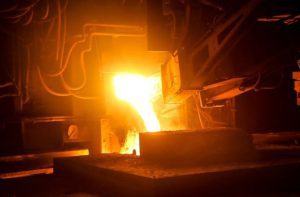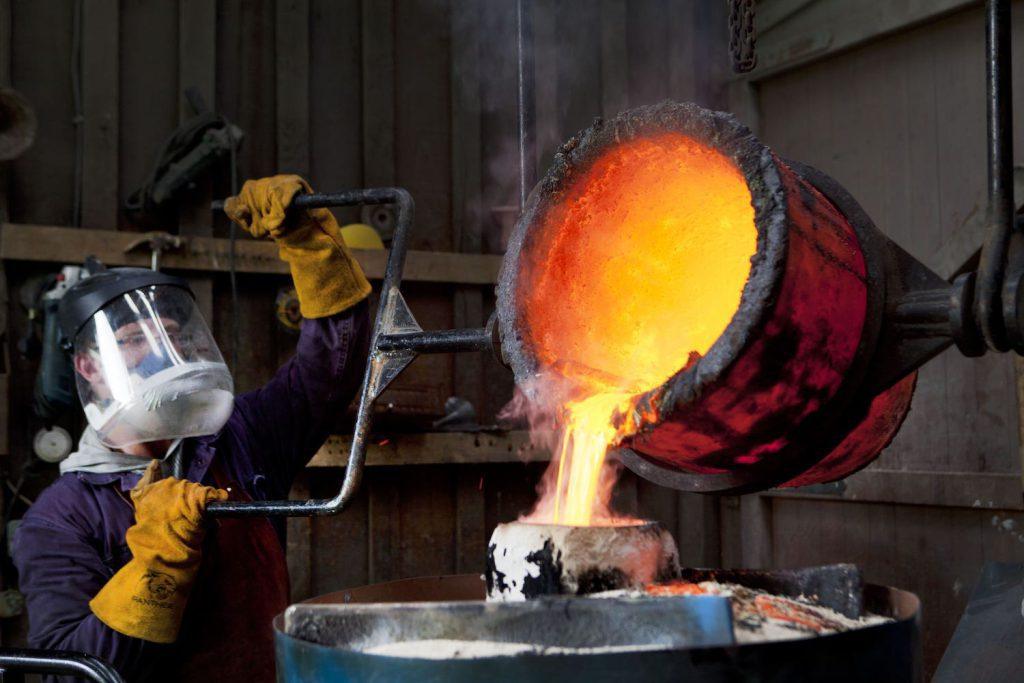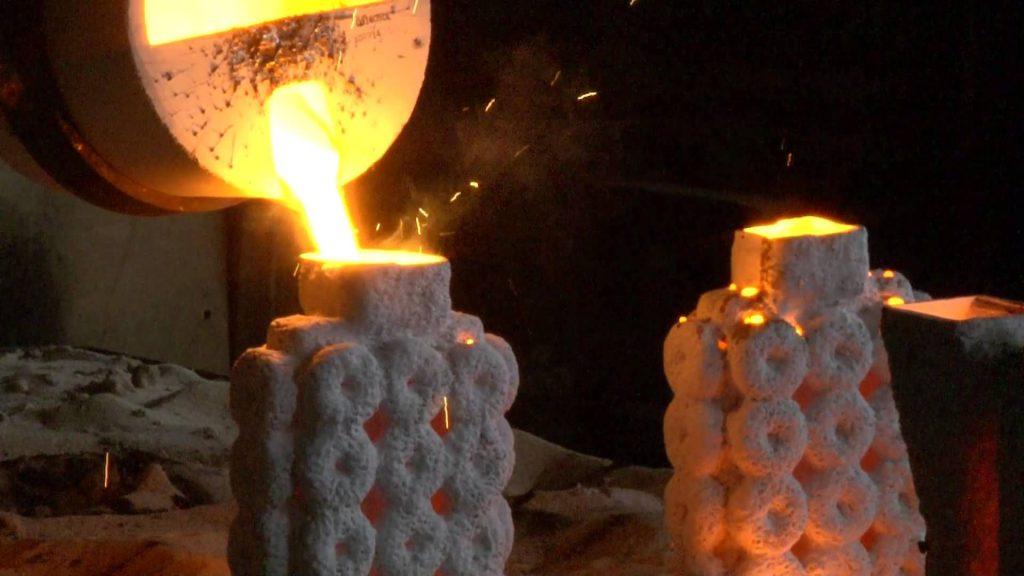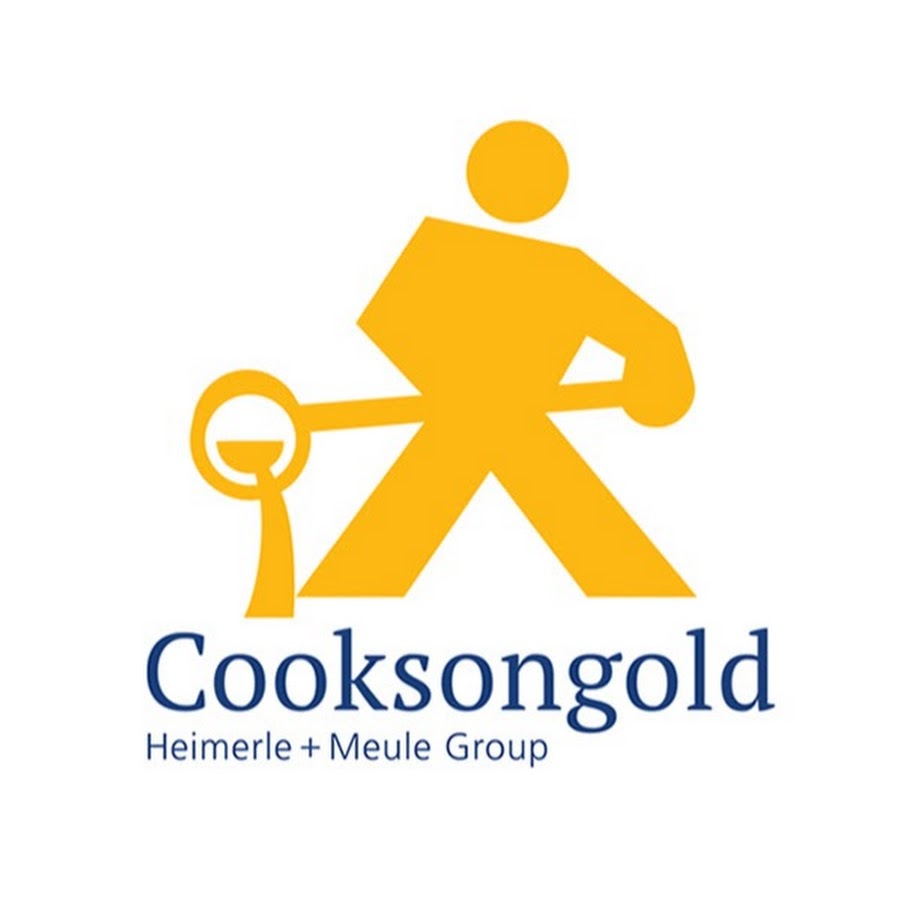Today we are going to share everything you need to know about Casting and the process we use to form your 3D printed metal parts. Lets get started!

What is Casting?
Casting is a manufacturing process in which a liquid material is usually poured into a mold, containing a hollow cavity of the desired shape, it is then allowed to form a solidified part. Casting is most often used for making complex shapes that would be otherwise difficult or uneconomical to make by other methods.
Metal Casting is one of the most simple yet most valuable assembling strategies that within areas such as manufacturing. The method includes pouring liquid metal within a preformed shape, which turns into a settled part when cooled. The capacity to shape metal without the requirement for machining has considered the large scale manufacturing of complicated parts that are both strong and cheap, creating many types of processes used for metal casting.


Lost Wax Casting
Here at Cooksongold, for your 3D Print and Casting needs we use a process called ‘Lost Wax Casting’. Now what is Lost Wax Casting? Lost wax Casting, otherwise called “investment casting,” is the practice by which a singular metal item is cast from a wax model. It is a versatile cycle that accomplishes especially intricate results.
After the mold investment is set, the wax is liquified out by melting it, creating a cavity where the metal or glass streams in. Using this technique ensures fine details in both metal and glass.


History of Lost Wax Casting
This old technique has been used starting around 3000 B.C. Lost wax Casting has existed for millennia, with the earliest known instances of this process remembered to trace all the way back to 3700 BC after tests with carbon-14 dating. They were found in the Cavern of the Treasure crowd in southern Israel. Other early instances of Lost Wax Casting exist in various nations and areas too.
In the notable district of Mesopotamia, lost wax Casting was vigorously used for little and larger scope casting; in South Asia, Pakistan, a 6,000-year old copper ornament made with this cycle has been found. Egypt, Greece East Asia, Africa, Europe… objects cast through this procedure have been found all over the planet.
What is the Lost Wax Casting process used for?
Lost wax projecting is a 6,000-year-old cycle actually used in both manufacturing and fine art such as Jewellery making. The accuracy and exactness of the method have made it an optimal technique for creating objects with thin walls, complex detailing, and close tolerances. It is utilised to deliver detailed, multifaceted metal parts that are then applied to different industries and circumstances. This method could have begun thousands of year prior, however it still assumes a vital part in the projecting of today.
The process can and is used to make parts for transportation, farming, and the medical field, to give some examples. It tends to be utilized to make objects from easy to complex in different metals by projecting a unique wax model or example. The wax model creates a disposable shape that must be used once in casting. This process can also be used with glass however at Cooksonsgold this blog will focus on the process in metal where we use precious metals specifically Silver, Gold and Platinum.
The Process
The basic lost wax casting process involves creating a pattern and a mold, then pouring molten metal into the mold. You will then extract the solid metal casting and finish your piece. This process is customizable for different types of metal casting, along with shapes, sizes, and more.
Advantages of Lost Wax Casting
1. The process particularly benefits for high-melting point alloys as well with respect to difficult to-machine metals.
2. It is advantageous and most suited for delivering little castings having perplexing shapes.
3. It keeps an exceptionally close resilience of about ± 0.05 mm.
4. It creates extremely smooth surfaces.
5. It kills the vast majority of machining tasks.
6. It is relevant to all low to high-melting point metals and alloys.
Disadvantages of Lost Wax Casting
1. The method restricts larger objects because of equipment size limits
2. The expense of the equipment and process is high.
3. The process needs a high level of expertise.


Amarah Mann
